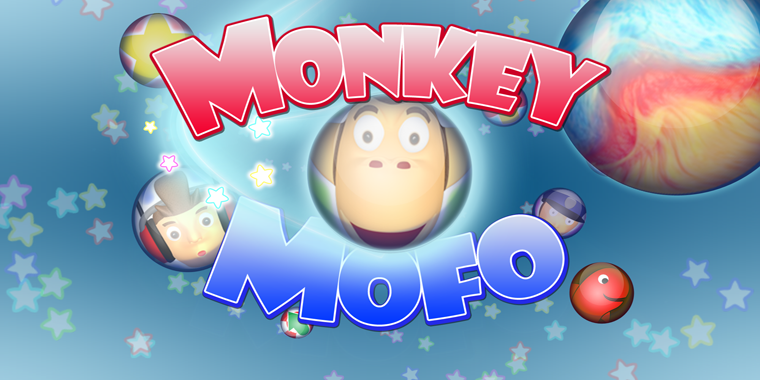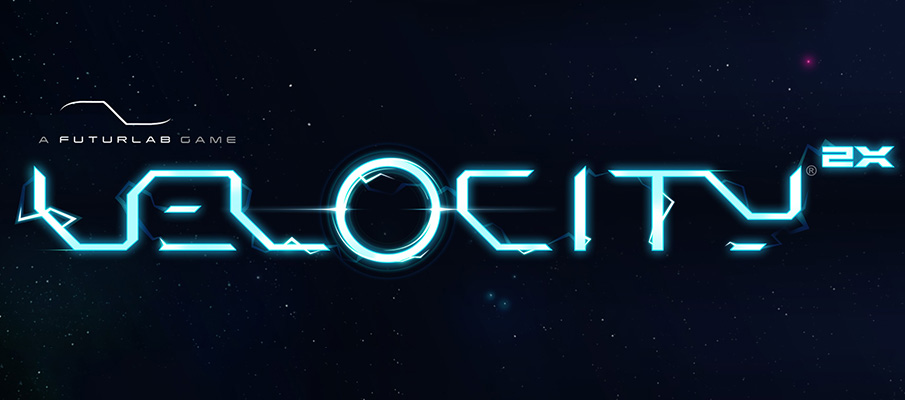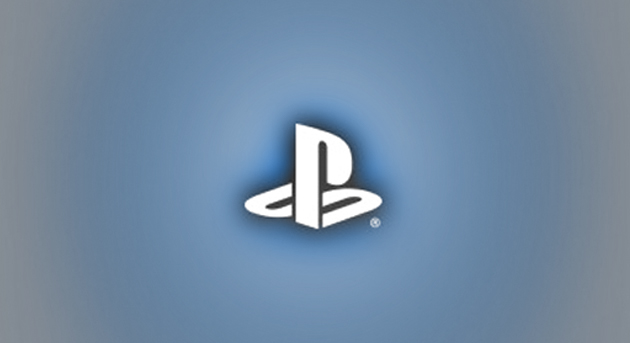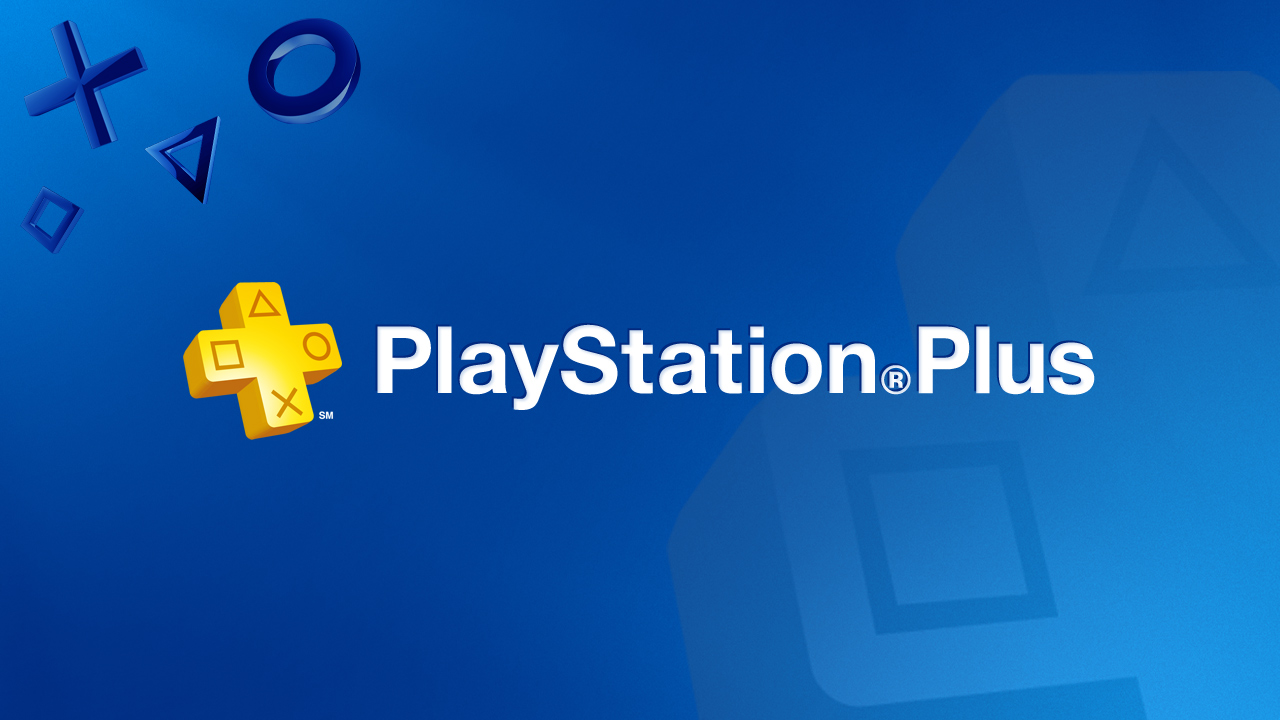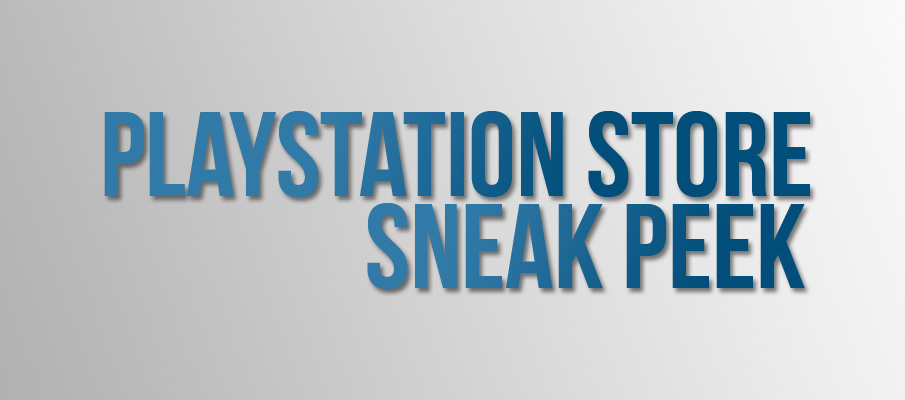Developer Interview: Velocity
Posted by Chris K on February 9th, 2012 | 3 Comments | Tags: Interview , Velocity
Hey guys this may sound crazy, but I have a Minis title you might want to be on the lookout for in the next month or so. It is called Velocity and it is being developed by FuturLab, the guys being one of the best Minis titles ever Coconut Dodge. We have known about this game for a little time now and had the chance to ask James Marsden and Robin Jubber better explain it to you. So check out the trailer above and read the interview below where we talk about the kick-ass music by Killzone Composer Joris de Man, what was learned from their past projects, and if there are plans for a Vita version. Also be sure to click those dividers, they aren’t just there to look pretty… they are screens from the game. Enjoy!
PSNStores: With this being your second effort on the Minis platform, were there any lessons that you learned from the development of Coconut Dodge?
James Marsden (Game Director): It’s quite a dry subject but the most important lesson for me has been about the target market. Coconut Dodge is a core gamer experience, dressed up as a casual game – and that really doesn’t work too well. Some people loved it because they could get past the colourful front and into the fiendish challenge of the mazes, but the core twitch-em-up experience was missed by many people because of its look.
With Velocity, we wanted to develop and extend the twitch-em-up challenge that we got right with Coconut Dodge, but make it completely focused on satisfying the appetite of the core PlayStation gamer. So, it’s all about delivering something cool this time around. It’s really fun too, but that’s not the only selling point this time!Robin Jubber (Programmer): Coconut Dodge was a great dry run for finding out about what we could do on minis. Whilst our first game certainly didn’t tax the hardware, we were able to use our first engine version to find out how much more the PSP could take if pushed, and the best way to structure everything so the PSP doesn’t run slowly. For instance Coconut Dodge only has to deal with about 100 sprites in ram at a time. Velocity is closer to 3000. If we had tried writing Velocity first we wouldn’t have learnt how to properly manage that much data efficiently. We also learnt the hard way with Coconut Dodge that you can run out of ram very quickly on the PSP – so the engine uses a lot more compression and behind the scenes file loading to fit a much bigger game into the same fast loading times!
PSNS: How would you describe “Velocity” to someone who has never seen it?
RJ: A super smooth scrolling shoot ‘em-up with puzzles and teleportation. If I was talking to somebody from my generation I’d perhaps describe it as a 16-bit game from the glory days of the Amiga, but with an unlimited palette, better resolution, faster performance and much better music quality!
JM: Velocity lives up to fond memories of shoot ‘em-up classics, with the bonus of racing mechanics and an awesome new teleport control. Which rocks 🙂
PSNS: The idea of teleporting your craft around the play area in order to defeat enemies and solve puzzles is an interesting one. How did you go about balancing the teleportation in order to make sure you didn’t feel overpowered when facing off against your foes?
RJ: The teleportation mechanic can help you avoid trouble temporarily, but it’s primarily a puzzle solving mechanic – it won’t keep you out of harm’s way forever. Against aliens you’re still going to need bullets, lasers and bombs!
JM: If you took any other shoot-em-up on the market and added a Teleport control, it would make that game too easy, so we had to fundamentally redesign what a shoot-em-up is. The player can also control the speed of the scrolling terrain and fling unlimited bombs, so the player is supremely powerful in this world. To balance this we changed the emphasis on ‘Getting the highest score’ to ‘Mastering each zone,’ which is something we learned a lot about from Coconut Dodge 🙂
With regards to balancing, we ensure the game is accessible by giving ample room for you to get to grips with the teleport controls, and then we ramp it up slowly over plenty of levels, adding other mechanics along the way, so by the middle of the game you are pumping the fuel, flinging bombs left and right, teleporting over enemies and their bullets to nip across a bit of space station wreckage, snagging a survivor and a weapon pickup, and then hurling a bomb backwards to disable the final switch in a series, which disables a laser field that was blocking an area of the map you hadn’t explored yet….
PSNS: How does the telepod beacon system work? Can you have unlimited beacons, or are you restricted in some way?
JM: Yes, telepod beacons are rationed per zone.
RJ: You have a set number of telepods to use throughout a level, based on the puzzles you will encounter. As for how you might use them – a simple example might be a laser grid you need to switch off using various switches. In a conventional shootemup you can only activate or shoot what is in front of you. With our game you can have switches, pickups and puzzle elements scattered over a wide area – all instantly accessible from the map. Perhaps you need to avoid a swarm of aliens coming your way – teleport back to a safer location and stock up on firepower. Then teleport back to the encounter and give them hell!
PSNS: As a big fan of Killzone 2’s musical score it was great to hear the news that Joris de Man would be providing the music for this game. How did that collaboration come about?
JM: Joris, what a legend. The music for Velocity has been in development for a long time; I actually wrote the majority of the music in the game myself, and attempted to produce it to the best of my ability – but my ability isn’t good enough, so I wanted to find a great producer to bring the production magic that I felt the tunes deserved.
Joris, it turns out, lives about 5 minutes from our office, and plays basketball with a friend and colleague – who calls him Joe. Joe, like myself, also happens to be a big fan of Street Fighter, so it was decided that we should hook up and smash each other’s faces in, so to speak. We bonded over dragon punches and hardware synthesizers.
Seriously, I really admire Joe’s music; the way he appears to effortlessly fuse traditional orchestral layers with the latest modern sound – without it sounding forced. He’s a magician basically, so when I realised there was a little budget available for music production on Velocity, I sent Joe my bedroom produced tracks and asked if he would breathe life into them, and he agreed! I think it was a chance for Joe to revisit his early days of chip tune music on the Amiga, but with the wealth of knowledge and experience he has now.
He has brought that experience and expertise to Velocity’s soundtrack. It sounds like a respectful homage to the classic themes of those early games, but with modern sounds 🙂
PSNS: Can we expect any challenging maze like levels? Those were my favorite parts of Coconut Dodge.
RJ: This game is the very definition of challenging maze levels. In many ways that aspect of Coconut Dodge was the inspiration for this game. The Coconut Dodge maze editor, which was very basic, evolved into our current game editor – handling everything from maze layout to path design. As an aside, we’ve included some coconut dodge maze levels as an easter egg, for fans of our first game. Shhh. Tell no-one.
JM: There are also three different types of level in Velocity: Attack, Rescue and Speed.
Attack is the closest we have to a standard fare shooter – you shoot stuff, and that is the main goal of the level as well as collecting survivors.Rescue levels are spread over a much wider play area, and require the use of the telepod beacons to search out the survivors. Many of which will be trapped by laser fields that must be deactivated by finding the circuit breaker switches that relate to that field. These are colour coded and numbered, so for example you have to disable all the red switches, in the correct order, to disable the red laser field. The thing that makes that challenging is the switches don’t always appear in the correct order that you find them. You have to drop telepod beacons to return to them once you’ve found them all.
In practice it is very intuitive, as it uses colours and numbers which is super easy, and you have a nice shiny map to help you 🙂Speed levels are the closest to what we had with mazes in Coconut Dodge. It’s all about muscle memory in those levels, and they are fast!
Velocity is a shoot-em-up, but it plays a lot like a racing game. You can hit the sides and not take damage – that was another thing we changed from the standard shooter – we wanted the thrills you get from WipEout 2097 where you can rail-slide along the tracks!We have Gold, Silver and Bronze Medals for each zone, with 1, 2 or 3 stripes depending on how many survivors you managed to rescue. All of this adds to your XP value, which allows you to progress. We basically copied the level progression rules from MotorStorm: Pacific Rift.
PSNS: We know that Minis are playable on the upcoming PlayStation Vita, but have you put any thought into making a version that specifically uses the unique features of the system? I would imagine that teleporting would translate very well to the back touchpad.
JM: We have lots of ideas for Vita, it’s an incredibly exciting machine – but we have to wait and see how much support Velocity on minis gets before we can put our ideas into practice. There was a giant hint there in case you missed it 🙂
PSNS: When can our readers get their hands on Velocity?
JM: If all goes to plan with QA, March 6th in the US, and March 7th in Europe!
Thanks to James and Robin for taking the time to answer our questions.








